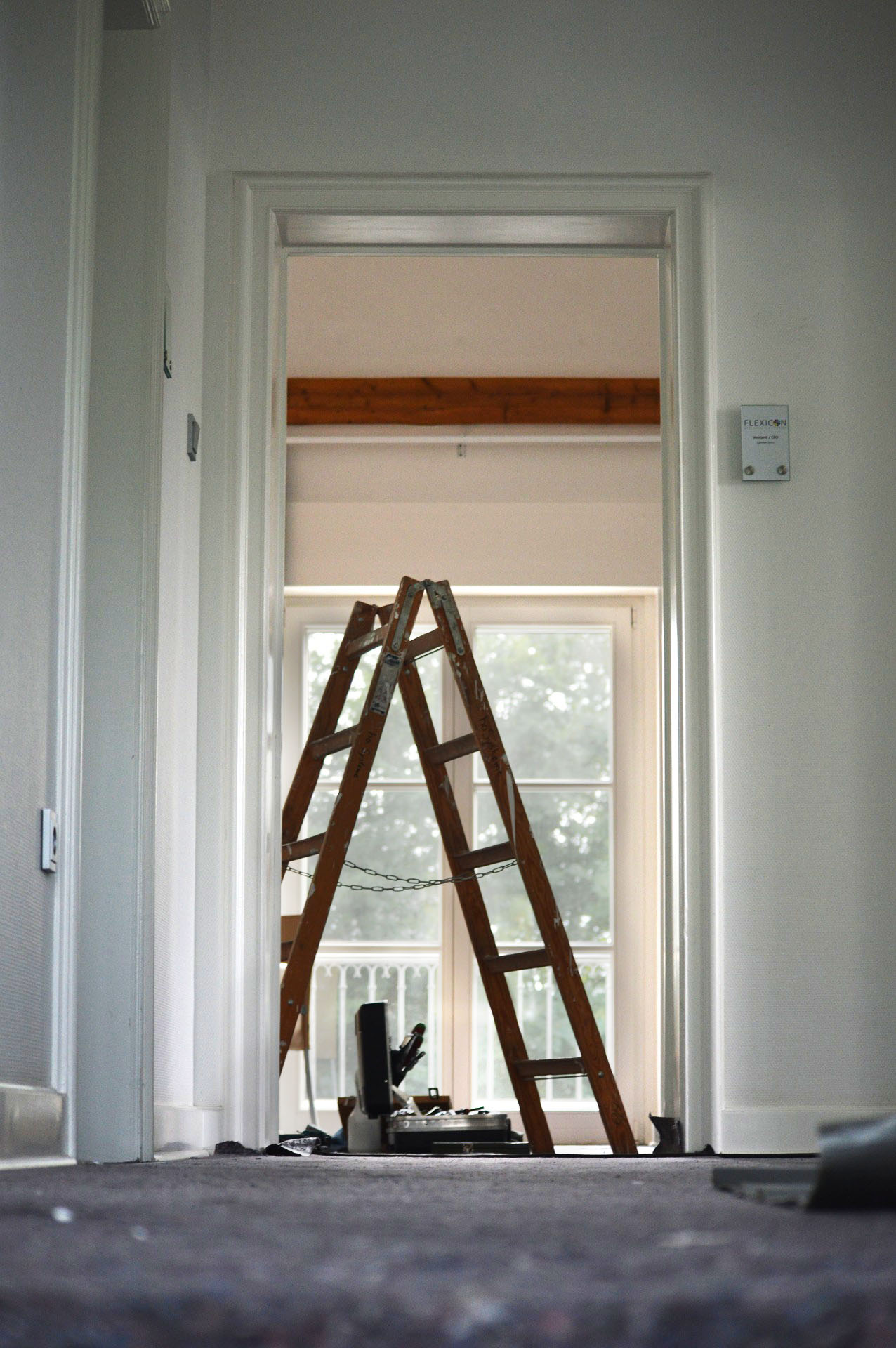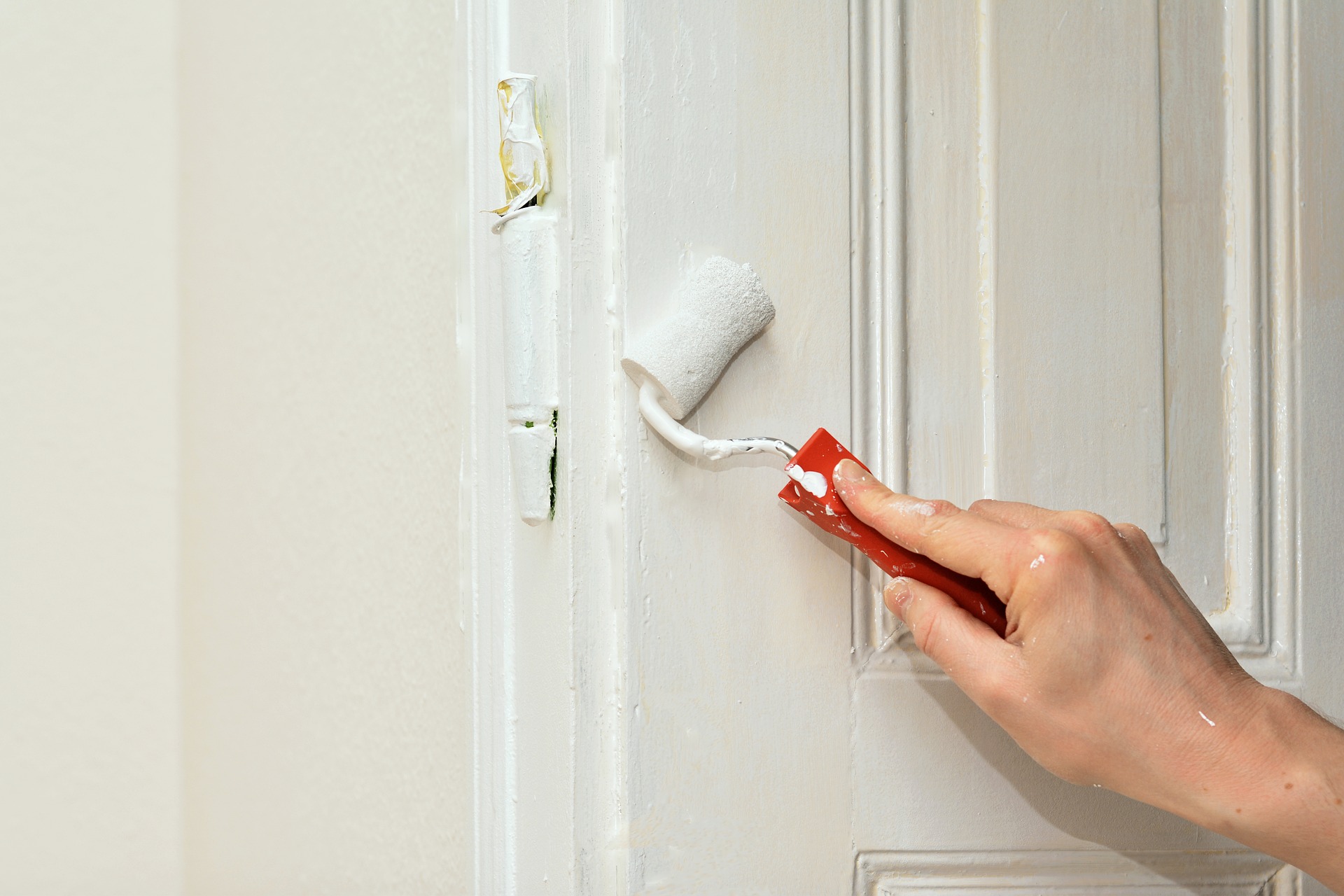Normal Wear and Tear or Damage?
Is the Damage to your Rental Property Normal Wear and Tear?
When it comes to normal wear and tear versus damage, tenants and landlords can often become frustrated and confused as to what constitutes wear and tear versus damage. Part of this problem can easily be rectified with clear move-in inspections completed, including any necessary photographs, as well as both parties understanding their responsibilities and what is considered wear and tear or property damage. Here we provide some useful guidelines for both landlords and tenants to better understand each parties’ responsibilities to the property.
What is Normal Wear and Tear?
Let’s start by addressing what is considered normal wear and tear. Normal wear and tear in an investment property occurs in a property as a result of aging, typically this is due to tenants living in the property and is normal depreciation.
Normal wear and tear is not caused by neglect or abuse to the property. All normal wear and tear are required to be repaired by the landlord, where property damage is not. Below are some guidelines to review on fixed property. This only applies to fixed property and does not include furnished investment properties. For details on damage versus wear and tear on furnished homes, speak with a licensed property manager who assist you with determining these guidelines.
Normal Wear and Tear or Damage?
The easiest way to determine is something is damaged is to document the above in the initial move in inspection report. To discern between wear and tear and tenant caused damage, think of wear and tear as any damage that’s caused by natural forces or damage that’s caused by daily use. Tenant caused damage should be thought of as damage requiring more than routine maintenance to repair aside from things like a leaky pipe and such.
Here are a few more specific examples, again documenting the existing state will be important for both landlord and tenant.
Normal Wear & Tear
VS
Excessive Damage
A few small nail holes, chips, smudges, dents, scrapes, or cracks in the walls
VS
Gaping holes in walls from abuse, accidents, or neglect. Unapproved paint colors or unprofessional paint jobs. Dozens of nail holes which need patching and repainting.
Faded paint
VS
Water damage on wall from hanging plants or constant rubbing of furniture
Slightly torn or faded wallpaper
VS
Unapproved wall paper, drawings, or crayon markings on walls
Carpet faded or worn thin from walking
VS
Holes, stains, or burns in carpet. Food stains, urine stains, and leaky fish tanks are never “normal”.
Dirty or faded lamp or window shades
VS
Torn, stained, or missing lamp and window shades
Scuffed varnish on wood floors from regular use
VS
Chipped or gouged wood floors, or excessive scraps from pet nails
Dark patches on hardwood floors that have lost their finish over many years
VS
Water stains on wood floors and windowsills caused by windows being left open during rainstorms
Doors sticking from humidity
VS
Doors broken, or ripped off hinges
Warped cabinet doors that won’t close
VS
Sticky cabinets and interiors
Cracked window pane from faulty foundation or building settling
VS
Broken windows from action of the tenant or guests
Shower mold due to lack of proper ventilation
VS
Shower mold due to lack of regular cleanings
Loose grouting and bathroom tiles
VS
Missing or cracked bathroom tiles
Worn or scratched enamel in old bathtubs, sinks, or toilets
VS
Chipped and broken enamel in bathtubs and sinks
Rusty shower rod or worn varnish on plumbing fixtures
VS
Missing or bent shower rod or plumbing fixtures
Partially clogged sinks or drains caused by aging pipes
VS
Missing or bent shower rod or plumbing fixtures
Partially clogged sinks or drains caused by aging pipes
VS
Clogged sinks or drains due to any stoppage (hair, diapers, food, etc.), or improper use
Moderately dirty mini-blinds or curtains
VS
Missing or broken mini-blinds or curtain
Bathroom mirror beginning to “de-silver” (black spots)
VS
Mirrors caked with lipstick and makeup
Broken clothes dryer because the thermostat has given out
VS
Dryer that won’t turn at all because it’s been overloaded, or the lint trap was never cleaned out.
Worn gaskets on refrigerator doors
VS
Broken refrigerator shelf or dented front panels
Smelly garbage disposal
VS
Damaged disposal due to metal, glass, or stones being placed inside
Replacement of fluorescent lamps – or any light bulb designed to last for years of continuous use
VS
Replacement of most common light bulbs
** The guidelines above are not meant to replace independent legal advice or guidelines set out by your municipal or provincial landlord and tenancy bylaws. Review of your local bylaws and advice from a Licenced Property Manager is advised.
The Takeaway
For landlords, there’s a lot to deal with including tenant-caused damage and related issues. If you’re a new rental property owner or landlord it will be helpful to familiarize yourself with your local Landlord and Tenancy Act as well as a reputable Property Management company who can guide you or provide you with their services. Read here for more details on self managing your rental property or hiring a property manager.


